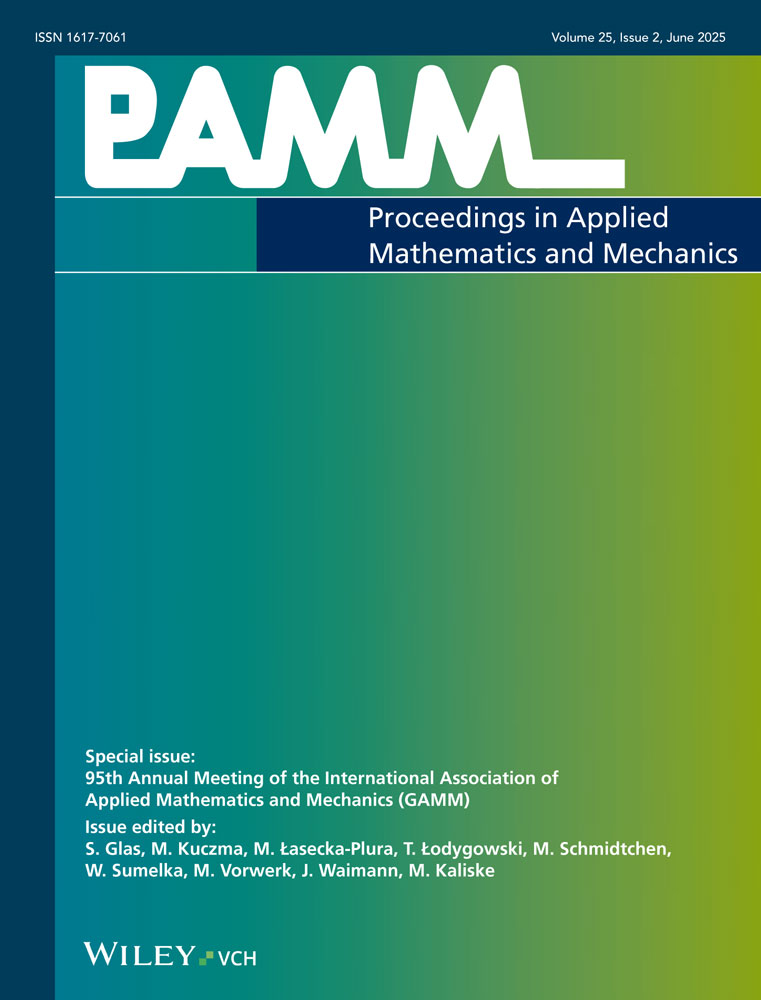A Phase-Field Model of Ductile Fracture at Finite Strains
Abstract
This work outlines a variational-based framework for the phase field modeling of ductile fracture in elastic-plastic solids at large strains. The phase field approach regularizes sharp crack discontinuities within a pure continuum setting by a specific gradient damage model with geometric features rooted in fracture mechanics. Based on the recent works [1, 2], the phase field model of ductile fracture is linked to a formulation of gradient plasticity at finite strains in order to ensure the crack to evolve inside the plastic zones. The thermodynamic formulation is based on the definition of a constitutive work density function including the stored elastic energy and the dissipated work due to plasticity and fracture. The proposed canonical theory is shown to be governed by a rate-type minimization principle, which determines the coupled multi-field evolution problem. Another aspect is the regularization towards a micromorphic gradient plasticity-damage setting which enhances the robustness of the finite element formulation. (© 2016 Wiley-VCH Verlag GmbH & Co. KGaA, Weinheim)




